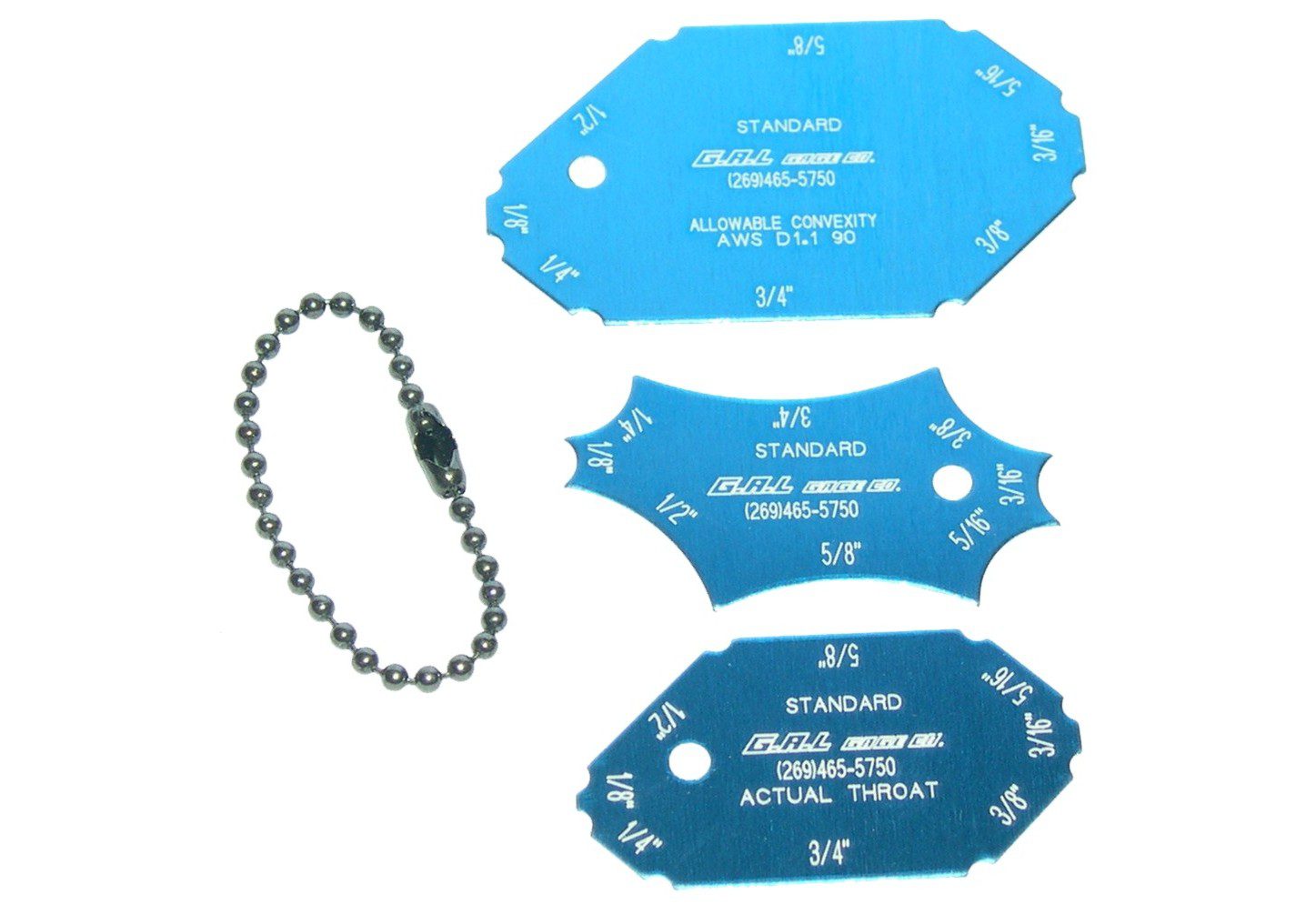Gauge Fillet Weld Fundamentals: Finest Practices and Common Mistakes
Gauge Fillet Weld Fundamentals: Finest Practices and Common Mistakes
Blog Article
The Ultimate Overview to Fillet Weld Quality Assurance: Guaranteeing Toughness and Toughness in Your Welded Joints
In the realm of welding, ensuring the stamina and durability of fillet welds is vital for the stability of bonded joints. As we begin on this expedition of fillet weld quality control, we will certainly discover necessary aspects that affect weld stamina, dig right into effective examination techniques, and discuss methods for protecting against common weld problems.
Value of Fillet Weld High Quality Control
Ensuring appropriate fillet weld high quality control is critical in ensuring the architectural integrity and longevity of welded components in various markets. Fillet welds are typically made use of in architectural steelwork, bridges, pressure vessels, pipelines, and various other essential facilities where the toughness of the weld is important to total safety and efficiency. Quality control measures such as aesthetic inspections, non-destructive screening, and adherence to welding treatments assist determine prospective defects like lack of fusion, insufficient penetration, damaging, or too much reinforcement.
Trick Factors Influencing Weld Toughness
Accomplishing ideal weld toughness calls for mindful consideration of different vital factors that affect the honesty and toughness of the welded joint. The first crucial aspect is appropriate joint prep work, which involves cleansing the base steels to eliminate any contaminants that might compromise the weld. In addition, the fit-up of the joint is necessary to make certain appropriate infiltration and fusion of the filler material.
The option of the suitable welding method and parameters likewise plays a substantial role in identifying weld toughness. Factors such as warm input, traveling rate, and electrode angle can impact the high quality of the weld. In addition, maintaining the appropriate interpass temperature level throughout multi-pass welding is vital to stop splitting and make certain a strong bond between the layers.
Furthermore, the option of filler material and its compatibility with the base metals is vital for attaining high weld toughness. Making use of filler product with the appropriate mechanical homes can improve the general stability of the weld. Post-weld warm treatment and proper inspection strategies are crucial actions in making sure the stamina and sturdiness of the welded joint.
Evaluation Methods for Weld Honesty

One more vital examination approach is liquid penetrant testing, where a liquid dye is applied to the weld surface - Gauge Fillet Weld. The dye seeps into any type of surface-breaking problems, making them visible under UV light. This technique works for identifying flaws that might not show up to the nude eye


Ultrasonic screening is likewise extensively used for inspecting weld stability. High-frequency sound waves are guided into the weld, and any type of web link disruptions in the sound wave pattern show potential issues like cracks or absence of blend.
These assessment approaches play an essential duty in ensuring the high quality and reliability of welds, inevitably adding to the total strength and longevity of bonded joints in commercial settings.
Preventing Typical Weld Issues
In order to maintain the architectural stability of welded joints in commercial applications, it is crucial to execute safety nets to resolve typical weld problems. One usual defect is lack of fusion, where the filler material stops working to bond appropriately with the base metals, resulting in weak areas in the weld. This can be protected against by ensuring proper warm control and utilizing the right welding strategy.
An additional constant concern is porosity, brought on by gas entrapment in the weld metal during the welding process. To avoid this, it is necessary to clean up the base metals completely, utilize dry electrodes, and preserve an appropriate welding atmosphere with appropriate ventilation.
Additionally, cracks in welds can compromise the joint's strength. To avoid this defect, it is necessary to regulate the air conditioning price after welding, utilize preheating when required, and select suitable welding parameters.
Enhancing Bonded Durability With Proper Strategies
To strengthen the long life and dependability of welded structures, using innovative welding methods is vital. One important method to enhance weld longevity is to make certain appropriate weld bead positioning. By placing the weld bead properly within the joint, the weld's stamina and resistance to tiredness can be significantly boosted. Furthermore, utilizing the proper welding specifications, such as voltage, current, and take a trip speed, is important for attaining a long lasting weld. These parameters straight impact the weld's infiltration, combination, and total high quality, contributing to its long life.
Choosing see here the best filler metal and guaranteeing the tidiness of the base steels can stop incorporations and various other issues that can endanger the weld's longevity. By implementing these proper techniques, welders can ensure that their bonded joints show exceptional strength and durability, meeting the highest possible top quality criteria.
Verdict
To conclude, preserving high quality control standards for fillet welds is essential for ensuring the strength and longevity of bonded joints. By comprehending the crucial aspects impacting weld strength, making use of examination techniques for weld integrity, preventing usual weld flaws, and employing correct methods, welders can improve the overall longevity of their welds. It is necessary to prioritize quality assurance procedures to create durable and reliable bonded joints.
In the realm of welding, making certain the strength and durability of fillet look at this website welds is paramount for the honesty of bonded joints. As we embark on this expedition of fillet weld high quality control, we will certainly reveal crucial aspects that influence weld toughness, dive into reliable evaluation approaches, and review strategies for avoiding typical weld problems.Accomplishing ideal weld toughness calls for mindful consideration of different key elements that affect the integrity and toughness of the bonded joint (Gauge Fillet Weld).In conclusion, preserving high top quality control standards for fillet welds is vital for ensuring the stamina and resilience of welded joints. By recognizing the key elements impacting weld toughness, utilizing evaluation techniques for weld stability, protecting against common weld problems, and utilizing appropriate strategies, welders can boost the overall resilience of their welds
Report this page